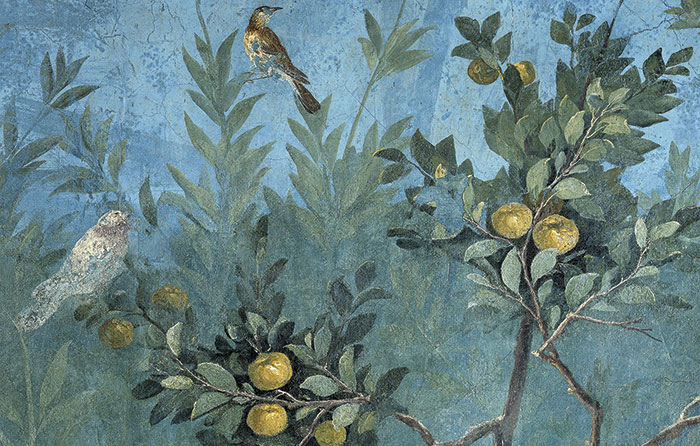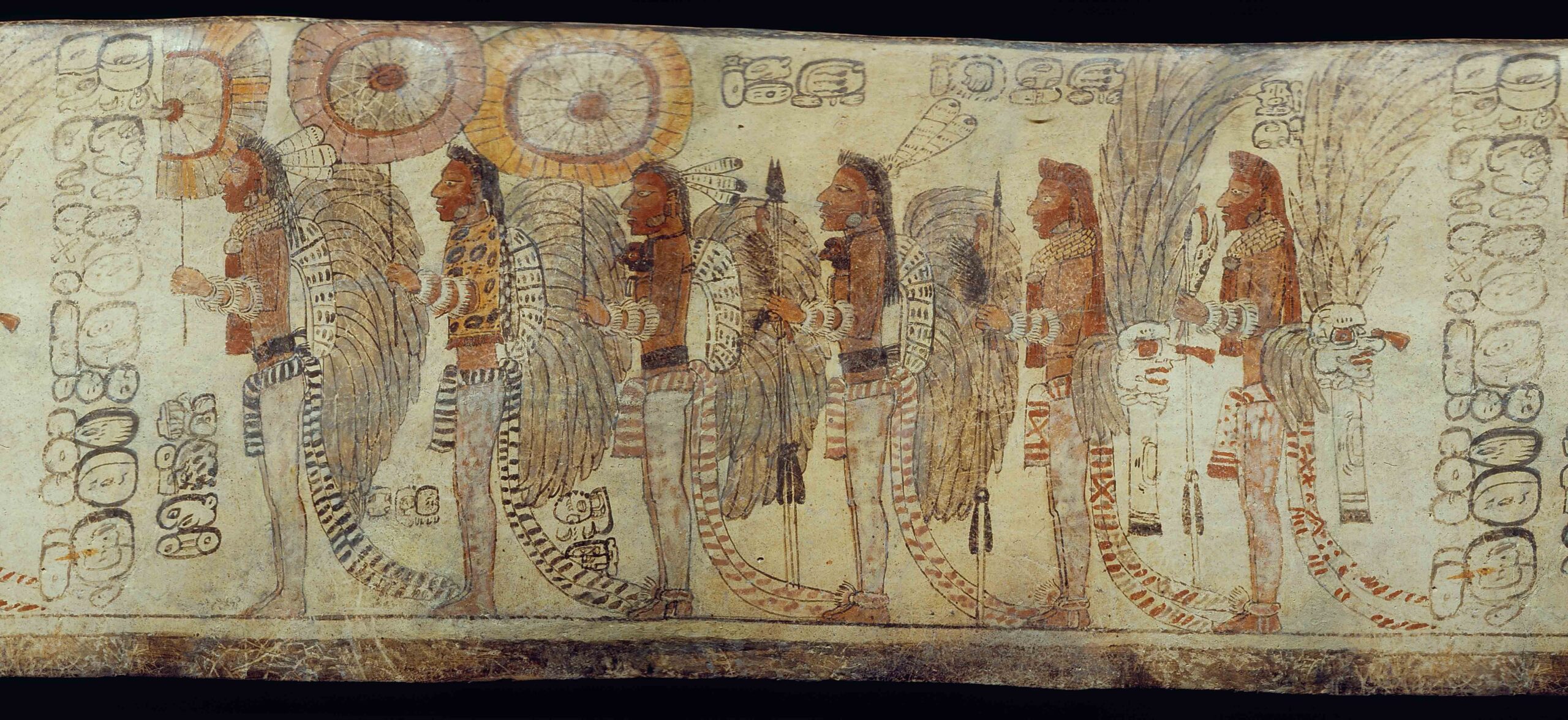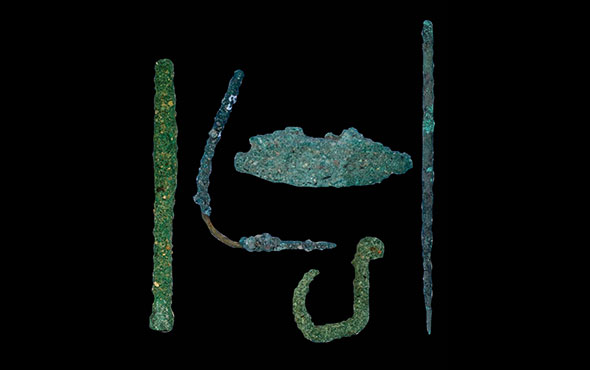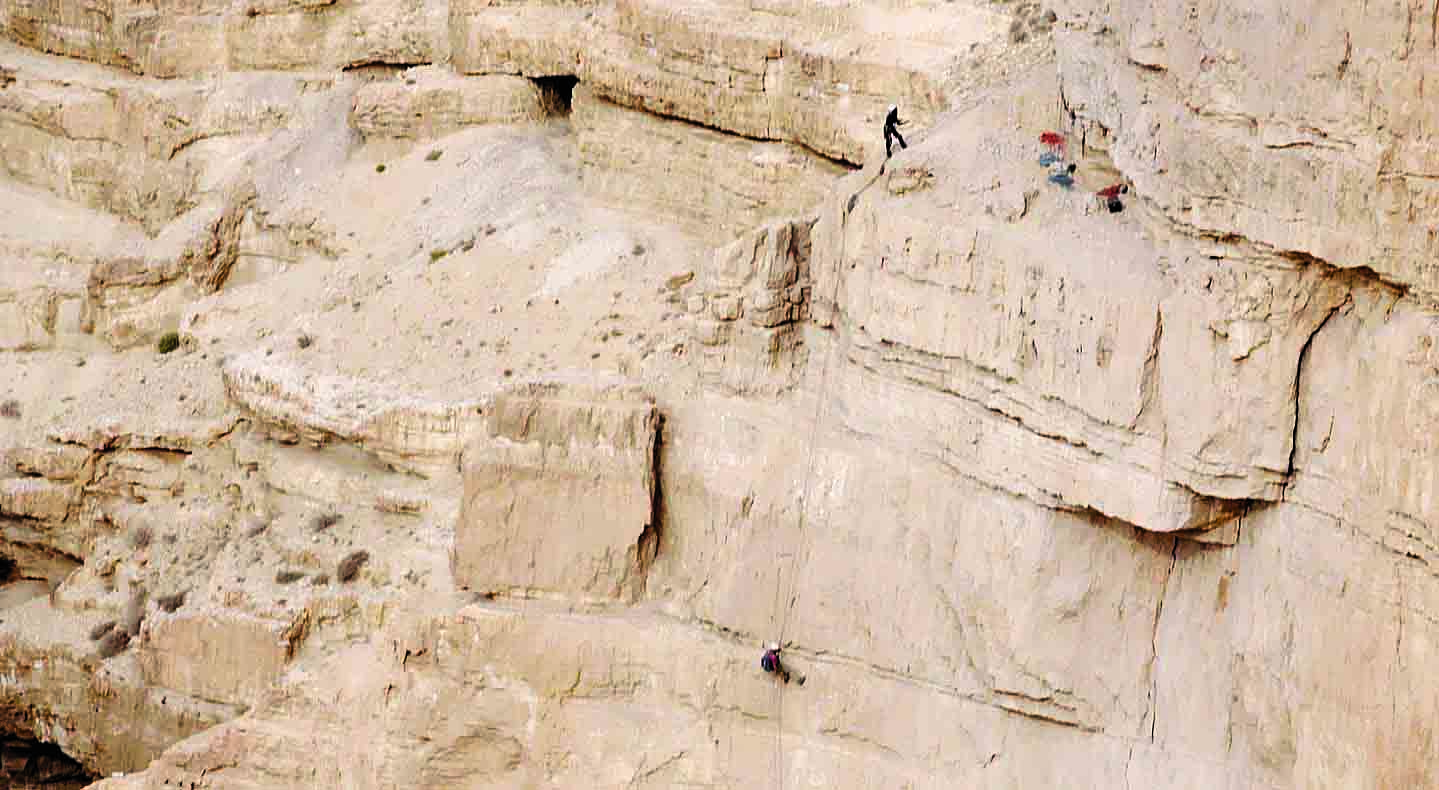CENTRE COUNTY, PENNSYLVANIA—According to a statement released by Penn State University, a study of 18,000-year-old eggshells recovered from archaeological sites in New Guinea suggests that people collected cassowary eggs shortly before they were due to hatch thousands of years before the domestication of the chicken. The inside of an eggshell changes as the chick draws calcium from it, allowing the researchers to estimate how old the developing chick was when the egg was harvested. Team member Kristina Douglass said that most of the shells in the study reached late stages of development, indicating that the chicks may have been collected as food. Few of the late-stage eggshells show signs of cooking, however, Douglass explained. Cassowary chicks, the researchers noted, imprint readily to humans and are easy to raise to an adult weight of more than 40 pounds, although few cassowary bones have been found at archaeological sites. The eggs may have been collected just before they hatched in order to raise the chicks, which are still traded in New Guinea today, they added. Read the original scholarly article about this research in Proceedings of the National Academy of Sciences of the United States of America. To read about decorated stone statues found on New Guinea that may be more than 3,000 years old, go to "Honoring the Ancestors."
18,000-Year-Old Cassowary Eggshells Analyzed in New Guinea
News September 28, 2021
SHARE:
Recommended Articles
Digs & Discoveries March/April 2021
In Full Plume

Mick Sharp/Alamy Stock Photo
Digs & Discoveries September/October 2020
Reindeer Training

(Robert Losey)

(Scala/Luciano Romano/Art Resource, NY)
Digs & Discoveries March/April 2019
Mild Boars

(blickwinkel/Alamy Stock Photo)
-
Features July/August 2021
Autobiography of a Maya Ambassador
A grand monument and a humble burial chronicle the changing fortunes of a career diplomat
 (Justin Kerr, K-5763, Justin Kerr Maya Vase Archive, Dumbarton Oaks, Trustees for Harvard University, Washington, D.C.)
(Justin Kerr, K-5763, Justin Kerr Maya Vase Archive, Dumbarton Oaks, Trustees for Harvard University, Washington, D.C.) -
Letter from Alaska July/August 2021
The Cold Winds of War
A little-known World War II campaign in the Aleutian Islands left behind an undisturbed battlefield strewn with weapons and materiel
 (Brendan Coyle)
(Brendan Coyle) -
Artifacts July/August 2021
Egyptian Copper Tools
 (Courtesy Martin Odler and Jiří Kmošek, Czech Institute of Egyptology, Faculty of Arts, Charles University)
(Courtesy Martin Odler and Jiří Kmošek, Czech Institute of Egyptology, Faculty of Arts, Charles University) -
Digs & Discoveries July/August 2021
A Challenging World
 (Courtesy Yoli Schwartz/Israel Antiquities Authority)
(Courtesy Yoli Schwartz/Israel Antiquities Authority)


